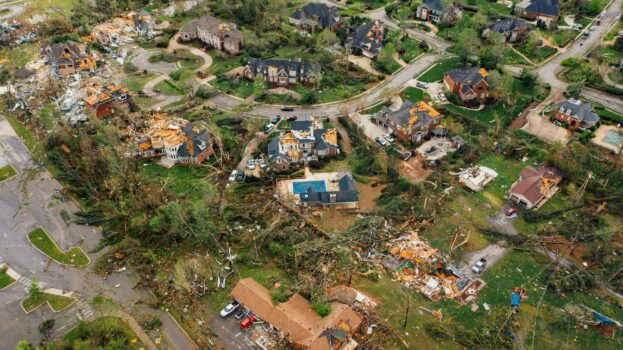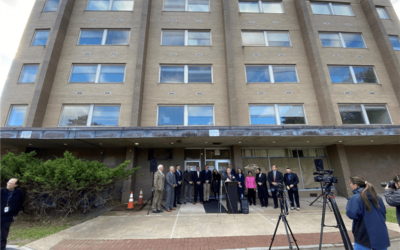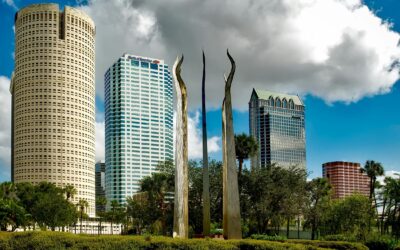The U.S. Economic Development Administration (EDA) is making $1.45 billion available in disaster aid as part of its fiscal year 2025 (FY25) Disaster Supplemental Grant Program. The funds are designed to aid communities affected by natural disasters in 2023 and 2024, and can be used for either construction or non-construction projects.
The EDA was created in 1965 and holds a legacy of promoting innovation and market competition, primarily through grants to communities. As an agency within the Department of Commerce, its mission is to support federal efforts to stimulate local economic development and prepare communities for success. This includes investments in new development as well as disaster recovery, infrastructure improvement and workforce development.
Though the EDA has been responsible for directing almost $6 billion in investments across all states and territories from 2021 to 2024, it had not been formally reauthorized since 2004. According to the EDA, these investments from recent years have created or retained more than 554,700 jobs and generated over $67.7 billion in private investment.
Projects stemming from these funds include numerous construction projects, creating thousands of jobs and modernizing infrastructure to be more resilient and supportive of long-term economic growth. This aligns with the EDA’s overall purpose to stimulate workforce and economic development as well as disaster recovery and industrial advancement.
The current FY25 grant program from the EDA has issued a Notice of Funding Opportunity (NOFO) to aid communities heavily impacted by storms, wildfires, floods and other natural disasters. The funds are available to areas that have issued a major disaster declaration within calendar years 2024 and 2025.
Applicants can apply for funds through three pathways, depending on progress in recovery stages. These include a Readiness Path, Implementation Path and Industry Transformation Path.
The Readiness Path involves non-construction related projects. It covers activities such as developing recovery plans, hiring coordination staff, enhancing organizational capacity and covering preliminary project costs. Awards range up to $500,000 per recipient.
The Implementation Path covers both construction and non-construction initiatives. It supports both physical infrastructure work and other recovery initiatives that enhance community growth prospects. Funding levels vary, with construction projects receiving $2 million to $20 million and other initiatives ranging up to $5 million.
The Industry Transformation Path involves collaborative efforts. Multiple organizations work together to transform and grow regional economic efforts, both construction and non-construction related. Awards for these large-scale collaborative portfolios range from $20 million to $50 million.
Eligible applicants span various government entities including state, local and tribal authorities, as well as economic development districts. Educational institutions, economic development organizations and both public and private nonprofit groups that collaborate with local governments may also apply. Public-private partnerships (P3s) focused on infrastructure development are qualified to receive funding.
Readiness and Implementation Grants are being reviewed on an ongoing basis and will be awarded until funds run out or the NOFO is canceled. Industry Transformation Grants are accepting applications until March 3, 2026.
Photo by Kelly from Pexels







